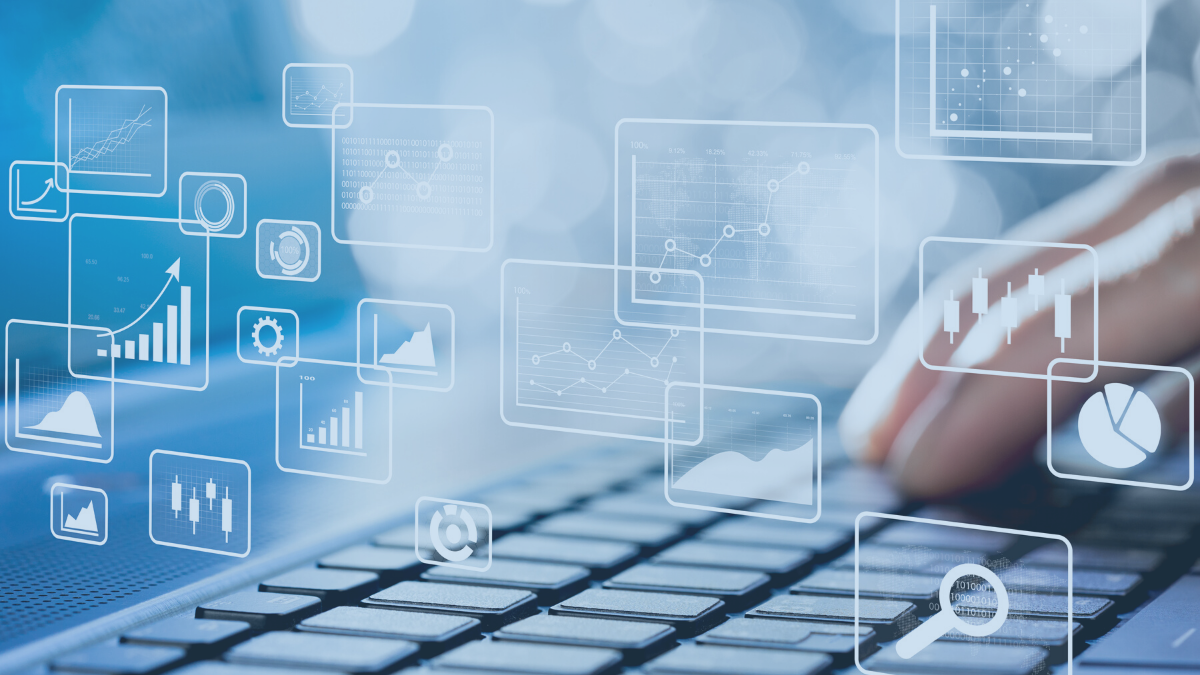What cyber crime will look like in 2020
Predictions for cybersecurity in 2020

The age of cyber warfare is upon us, and the threat of cybercrime to businesses continues to multiply by the day. Simply having cloud antivirus is no longer enough. The imperative to defend is stronger than ever. But what are the likely implications for 2020, and what new cards do cybercriminals hold in their deck?
Marcus Fowler is the Director of Strategic Threat at Darktrace.
Expansion of ransomware
As we approach the end of 2019, the hacker favourite is far from dead – and we’re definitely yet to see its heyday.
The ransomware landscape in 2019 has remained fearsomely lively, with hackers continuing to see value in using both targeted and spray-and-pray approaches to attack enterprises, public bodies and governments. Ransomware attackers are no longer going after only large organizations, today’s attacks are more about the size of your vulnerability, not market value. This has been an issue of high concern for institutions such as the FBI, who have issued warnings that ransomware presents an urgent and high-impact threat to US businesses and organizations.
The 2020 landscape looks similarly eerie. We should expect to see the resurrection of old ransomware with new twists, widening the threat landscape in innovative ways – ensuring that ransomware remains alive and well. Crucially, these threats are never-before-seen, meaning that traditional, rules and signature-based approaches to endpoint security won’t stand a chance. Hackers do not miss a trick; as our businesses, organizations and infrastructures continue to grow in scale and complexity, ransomware will also continue to scale up and shape-shift.
Implications of cyber-physical
As ransomware takes on a new character, it is likely to threaten industrial processes and business applications rather than data. Unfortunately, this makes data back-up irrelevant as safety net for what lies ahead.
Complex cyber-physical systems will continue to present tough security challenges that must be met in innovative ways. As smart buildings, smart cities, smart homes, and the internet of things become an exciting reality, vulnerabilities continue to grow, making almost everything fair game for hackers – who, as we know, are endlessly creative. This development bonds cyber-security with physical and operational security inextricably – by 2020, approaches that are not holistic will be obsolete.
Governments should expect an increased terrorist interest in taking advantage of cyber-physical vulnerabilities and cyber-for-hire as an attack mechanism. Where terrorists might lack the technical skills to hack, cyber-physical systems and pay-for-play hackers could make it more appealing to them. Ransomware attacks on state and local government IT service management systems have multiplied year-on-year, and 2020 will be no exception.
Are you a pro? Subscribe to our newsletter
Sign up to the TechRadar Pro newsletter to get all the top news, opinion, features and guidance your business needs to succeed!
Perhaps most alarmingly, 2020 is likely to hold cyber-based nation-state proxy wars. Cyber warfare between nation-states is nothing new; we have seen cyber-attacks used throughout 2019 as an acceptable act short of war. This will continue, yet the line between what is an acceptable response and what is a direct act of war will become increasingly blurred, making this international relations development all-the-more concerning.
The very nature of warfare has fundamentally changed, and in 2020, nation-state cyber-attacks will continue to transcend traditional understandings of inter-state relations and the actors involved in proxy wars. This threatens representative democracy in more ways than one; we can expect that cyber-attacks are going to play a considerable role in attempts to disrupt or discredit the 2020 election.
AI/ML moving to hackersphere
If we haven’t seen it before we celebrate the arrival of the new year, 2020 undoubtedly holds the first AI-powered cyberattack. The building blocks are well in place. Advanced malware that adapts its behaviour to remain undetected has long been on the rise, and should it reach its full potential, 2020 could see a true cyber arms race.
The fifth generation of cellular networks, 5G, will only facilitate the rise of machine-speed and automated attacks. At wireless connection speeds up to 100 times faster than 4G, malware could download and spread throughout a victim’s network long before they realize that anything is amiss on their smartphone.
As ever, this presents new security challenges. If we fail to challenge traditional cybersecurity standards, the arrival of 5G will render supply chains exponentially riskier. With supply chain attacks already constituting one of the major risks confronting the modern enterprise, security considerations must not be cast aside in the race to market for the 5G-powered internet of things.
As hackers continue to innovate, the winners of 2020 will be those who match the pace of innovation. AI for cyber defence presents the most promising defence weaponry in the arms race, as it is the only force capable of combatting offensive AI and other yet-unseen attacks. In the intense geopolitical heat of the present moment, we must look ahead and prepare for battle.
Marcus Fowler is the Director of Strategic Threat at Darktrace.
- Keep safe from viruses and malware online, get the best antivirus here.
Marcus Fowler is the Director of Strategic Threat at Darktrace.
He is a proven organisational leader with track record of leading cross functional teams in operations, cyber, and data science to solve complex problems and drive innovation. Marcus spent the last 15 years' as a CIA officer developing global cyber and technical operations and strategies. Marcus has lead cyber efforts with various US Intelligence Community elements and global partners. He is recognised as a leader in developing and deploying innovative cyber solutions. He has vast experience advising senior leaders on cyber efforts and developing the strategic way forward. Mission driven, detail focused, executive with crisis management experience in leading organisations with global reach and operations. Strong communications skills with proven success building collaborative relationships with the private sector, international partners, and U.S. government organisations.
